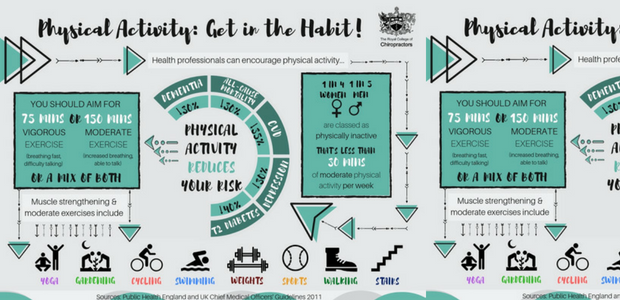Why Does Soft Tissue Treatment Pain? Recognizing The Process
Why Does Soft Tissue Treatment Pain? Recognizing The Process
Blog Article
Authored By-Waddell Thuesen
When you undertake soft Tissue treatment, you might discover it surprisingly uncomfortable. This discomfort emerges as pressure is related to strained muscular tissues and broken cells, causing your pain receptors. While it can really feel upsetting in the moment, there's a factor behind this experience. Understanding what occurs in look at this now throughout these therapies can help you value the procedure. So, exactly what is taking place underneath the surface?
The Physiology of Pain During Soft Tissue Therapy
When you go through soft Tissue therapy, your body's feedback to pain is a complex interaction of physiological processes. As the therapist applies pressure, your body triggers discomfort receptors, sending signals to your brain. This activates the release of neurotransmitters, such as material P and glutamate, which amplify the experience of discomfort.
Your muscular tissues may additionally tense up in reaction, more complicating the experience. On top of that, your body might launch endorphins, all-natural pain relievers that can aid reduce some discomfort.
The interaction in between these procedures can produce an one-of-a-kind experience for each and every individual. Recognizing this physiological response aids you navigate the sensations during treatment, allowing you to value the equilibrium between pain and the capacity for healing benefits.
The Duty of Pain in the Recovery Process
Although discomfort throughout soft Tissue therapy can really feel frustrating, it plays an important role in the recovery process. When you experience pain, your body is signifying that it's functioning to repair damaged cells. This response assists raise blood flow to the afflicted location, supplying vital nutrients and oxygen needed for recovery.
Additionally, pain can promote the launch of endorphins, your body's all-natural pain relievers, developing a sense of alleviation post-treatment. Accepting this pain can assist you understand your body's limits and encourage you to address underlying issues.
While it's unpleasant currently, this procedure is essential for long-lasting healing and enhanced function. Acknowledging discomfort as an important part of recovery can empower you to remain dedicated to your therapy.
Tips for Managing Pain Throughout and After Therapy
Handling discomfort during and after soft Tissue therapy can significantly improve your general experience and recuperation.
To start, interact openly with your specialist concerning your pain degrees; they can adjust techniques as necessary. Making use of deep breathing strategies can also help you kick back and minimize discomfort.
Consider using ice to the cured area post-session to lower swelling and numb pain. Staying moisturized help in the healing procedure, so consume a lot of water.
Mild extending and light motion after therapy can promote blood flow and convenience rigidity. Lastly, guarantee you get adequate remainder to enable your body to heal.
Implementing these pointers can make your soft Tissue treatment a lot more workable and pleasurable.
Final thought
Finally, while soft Tissue treatment can be uncomfortable, it's vital to identify that this discomfort plays an essential function in your healing journey. By recognizing the physiological responses at play, you can approach the treatment with a much more favorable attitude. Remember, the preliminary discomfort commonly gives way to relief as your body launches endorphins. Embrace https://andrepjeys.madmouseblog.com/13542766/improve-your-game-essential-sports-massage-therapy-techniques-for-ideal-healing , and don't hesitate to make use of the suggestions for taking care of pain to enhance your experience and recovery.
